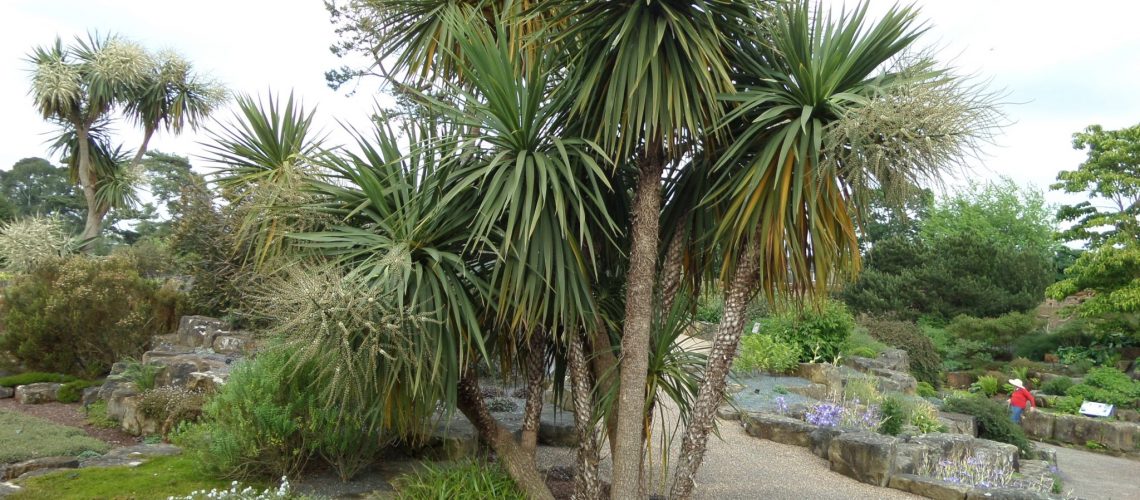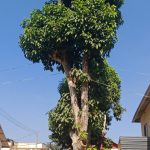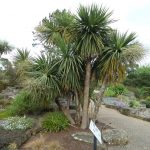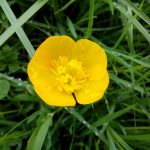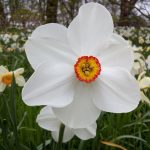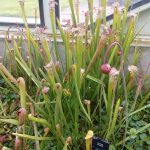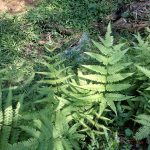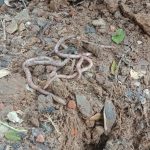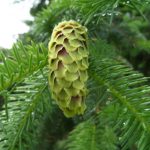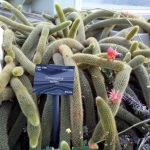PLANT GROWTH AND DEVELOPMENT
Growth is the fundamental and conspicuous character of living things. Growth is a phenomenon that brings about a permanent increase in size of an organ or its parts. Growth is accompanied by metabolic processes that occur by expenditure of energy.
Plant growth is indeterminate and unlimited and occurs through meristems. Growth is measurable as it is a consequence of increase in amount of protoplasm. Growth can be measured by parameters such as increase in fresh weight, dry weight, length, volume, are and cell number.
The period of growth is divide into three phases meristematic, elongation and maturation phases. The increase in growth per unti time is growth rate which may be arithmetic or geometric.
Arithmetic growth is linear can be expressed as L1 = L0 + rt where L1 is length at time t, L0 is length at time 0 and r is growth /elongation per unit time
Geometrical growth is sigmoid and has the initial lag phase, the log phase and steady state phase and exponential growth can be expressed as W1 = W0 e rt where W1 is initial size, W0 is initial size, r is growth rate, t is time of growth and e is base of natural logarithm.
The conditions for growth water of plants are Oxygen and nutrients and environmental signals like light, temperature and gravity which affect the various stages of plant life.
Cells derived from meristems diferentiate to undergo maturation. Sometimes the mature cells become meristematic again which is called dedifferentiation and when these cells undergo maturation again it will be referred to as redifferentiation
Plants show different pathways in response to environment or phases of life to form different kinds of structures and this ability is called plasticity. Heterophylly in cotton, coriander and larkspur is seen at different stages of life while in buttercup heterrophylly is in response to environment that is presence of water.
Plant growth regulators and Phytohormones
Plant growth regulators are simple compounds of diverse composition that control or enhance plant growth and metabolism. These could be indole compounds such as auxin or indole acetic acid, adenine derivatives like kinetin, dertivatives of carotenoids like abscissic acid, terpenes like gibberellins and gases like ethylene.
Auxins were discovered by Charles Darwin and Francis Darwin and isolated by F.W.Went. The effects initiation of rooting in cuttings, promotion of flowering in pineapples, prevention of fruit and leaf drop, apical dominance, induction of parthenocarpy, xylem differentiation and cell division and as herbicides. IAA and IBA are common auxins while NAA and 2-4-D are synthetic auxins. 2-4-D is commonly used as a herbicide.
Gibberellins are got from the fungus called Gibberella fujikuroi which causes the bakane disease of rice reported by Kurosawa. There are 100 gibberellins which are acidic and cause increase in length of axes. They also promote flowering, bring about malting in barley, promote bolting, and delay senescence. They hasten the maturity period in conifers and also induce parthenocarpy.
Cytokinins were observed by Skoog and his co-workers which have special effects on cytokinesis, increase in cell division, development of lateral buds, counter apical dominance and delaying of senescence due to nutrient mobilisation. Cytokinins are synthesised in regions of rapid cell division example- coconut milk, zeatin from maize and so on.
Ethylene is a simple gaseous hormone that is found in ripening fruits and senescing tissues. It induces horizontal growth of seedlings, swelling of axes, abscission of plant organs, enhances fruit ripening, promotes petiole elongation and increases the rate of respiration.
Abscissic acid regulates abscission and dormancy. It is plant growth inhibitor that inhibits plant growth. It helps seeds withstand desiccation, causes closure of stomata, tolerance to stress and it is an antagonist to Gibberellins. It is also called stress hormone.
Many of the physiological processes of plants are under the control of extrinsic factors such as temperature and light apart from plant growth regulators. Such processes include seed germination, dormancy, flowering, vernalisation and plant movements and so on.
Photoperiodism is the response of plants to a specific photoperiod that brings about flowering. The photoperiod is generally less than 12 hours or greater than 12 hours and so depending on the requirement of photoperiod plants are classified as long day plants, short day plants and day neutral plants.
Long day plants require a light duration of more than 12 hours for flowering while short day plants need a light period of less than 12 hours and day neutral plants are not affected by photoperiod. The stimulus of photoperiodic induction is perceived by the leaves.
Vernalisation is the induction of germination in temperate seeds under tropical conditions by a low temperature treatment. Plants of temperate regions do not flower unless they are exposed to very low temperature. Such plants can be made to flower under tropical conditions by treating the seeds to low temperature of a refrigerator. Thus winter varieties of cereals have been converted to spring varieties thereby reducing their life cycles and increasing the number of crops per year
